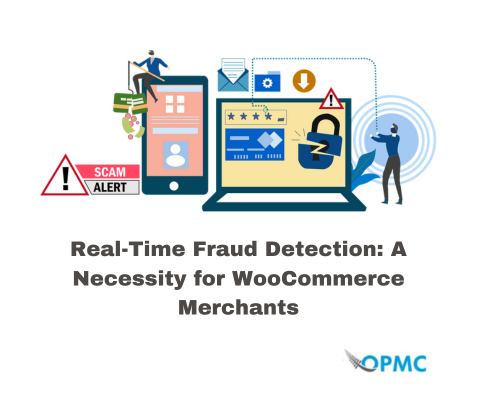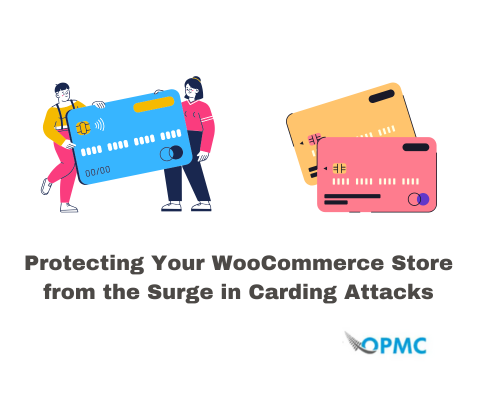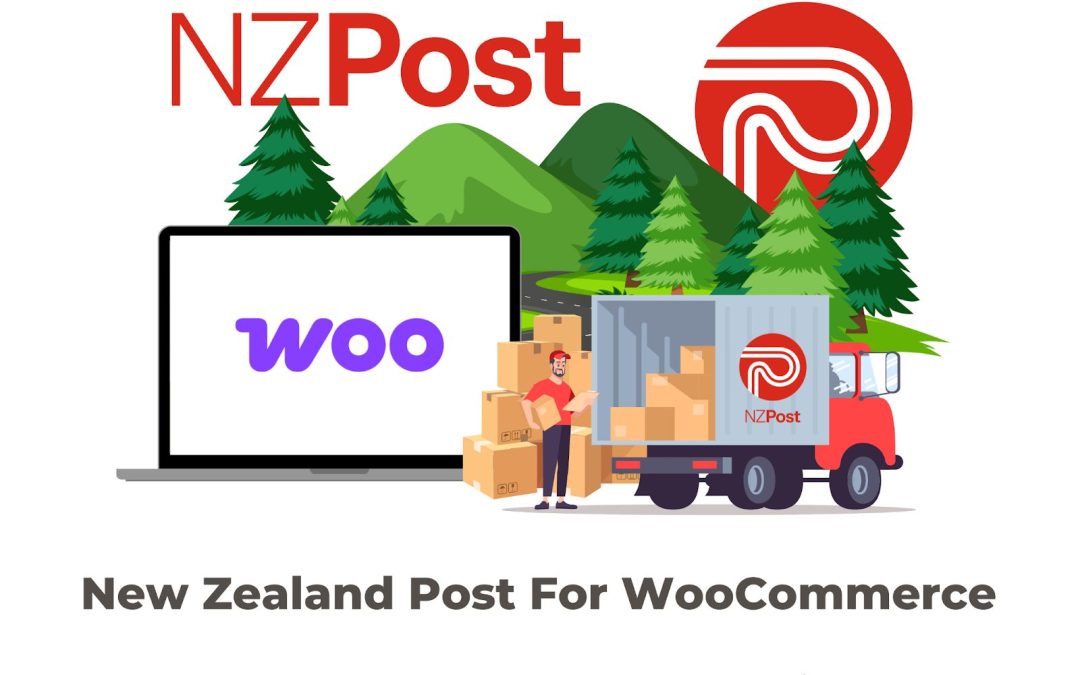WooCommerce is one of the world’s most popular ecommerce platforms. This means that you can use tons of websites as your inspiration for building your own online store with this fantastic tool.
The thing about WooCommerce is that it’s incredibly versatile and flexible. You can build pretty much any kind of website with it, from simple product lists to full-blown retail sites complete with multiple payment options and customer support features.
However, if you want to take things one step further by integrating WooCommerce into your business operations, then we recommend using Odoo as well. Together they will make managing your entire company more straightforward than ever before so you can spend more time on product development, building strong customer relationships, or finally taking that family vacation you have always dreamed about.
What is Odoo?
Odoo is a cloud-based business management software that can oversee your company’s entire operational aspect. It is open source and can be used by anyone. The platform is available on Windows, Linux, and Mac OS X. It can be easily integrated into your WooCommerce store via WordPress plugins like the Odoo for WooCommerce plugin, available from our expert team at OPMC.
The application provides everything you need to run your business effectively because it is a full-service CRM/ERP ecommerce solution. In other words, you can say that it helps you build an efficient workflow for all aspects of managing an organization – from sales & marketing to finance & accounting.
What is WooCommerce?
WooCommerce is a free ecommerce plugin available for WordPress. It offers you the flexibility to set up your online store exactly how you want it and start selling online in minutes without needing heavy investment.
The ecommerce platform has extensive plugins and enhancements available, as well as impressive customer support online, through chats, and via phone calls. As this plugin is open-sourced, there is also a vibrant online community of users and ecommerce store owners like you who post solutions to challenges and all kinds of valuable insights to optimize your WooCommerce website.
Benefits of Odoo WooCommerce Plugin Integration
The integration between these two technologies allows you to synchronize products, categories, stock and prices, manage orders, discounts and inventories, multi-channel order management, order status mapping, and so much more.
This is one step closer to full automation so you can reduce the human side of the equation and restructure your assets more efficiently across your business operations. Integrating WooCommerce with Odoo benefits your ecommerce store by:
1 – Synchronizing Products, Categories, Variations, Stock, and Prices
Your products and category data are synchronized because Odoo openly communicates with WooCommerce. This means that when you make changes once in Odoo, they will be reflected automatically on your WooCommerce storefront. As Odoo has a comprehensive mobile app, you could run your store from your pocket as you journey around the globe.
Variation data is synchronized as well. You can add new variations (size, colour, etc.), delete some outdated features, or update the prices of existing products with only the touch of a few buttons. The same applies to adding new stock items or removing old ones from your WooCommerce store by simply modifying them in Odoo.
2 – Manage Orders, Discounts, and Inventories
With Odoo, you can easily manage orders and inventories. With the Order module, you can create and manage all your orders in one place. You can also run reports to get an overview of your sales over a specific period or filter the data by country, product, or customer.
With the Discounts module, it’s possible to set up discounts per product group or for specific customers or user groups (employees). You can even use loyalty programs with this feature to build a more responsive online community around your brand.
The Inventory module enables you to keep track of your stock levels so that when a customer places an order that exceeds your current inventory amount, they will not receive it immediately, but only once the item has been restocked by your warehouse team. This helps avoid potential stockouts and unhappy customers who cannot get what they want due to a lack of inventory on one end, especially around major holidays.
3 – Multi-channel Order Management
You can manage orders from multiple channels, such as Amazon and WooCommerce, from a single Odoo account. This is useful for sellers who want to sell on Amazon and in their own stores.
Odoo’s multi-channel order management allows you to see all your orders from each channel in a single view, making it easier to manage them all at once.
As many brick and mortar stores are starting with WooCommerce for their digital transformation, it helps to integrate a system that can expand and scale once the ecommerce arm of the business is ready for a change.
4 – Order Status Mapping
If you are using both WooCommerce and Odoo, there is an option to map the status of an order. The Odoo for WooCommerce plugin from OPMC allows you to map the status of an invoice or order status. This helps you manage your orders and invoices on both platforms seamlessly.
You also lower the challenges of turnkey staff members being able to provide higher quality customer service by making the information more readily available. Having an easy-to-read visual that shows the current stats of an order makes answering questions that much less complex.
5 – Real-time Data Synchronization
Data synchronization between your WooCommerce store and Odoo is a powerful feature that allows you to sync all kinds of critical ecommerce information, including customers and orders.
The goal is to automate everything. By eliminating the need for manual entry of data assets, you increase the chances of human error while simultaneously increasing the analytics you can use to predict future needs.
6 – Connect Multiple WooCommerce Stores to a Single Odoo Account
You can connect multiple WooCommerce stores to a single Odoo account. This allows you to use a single Odoo instance for multiple WooCommerce stores while maintaining the flexibility of having different products and customers in each store. Using the Inventory module, you can track stock levels, shipping costs, and returns at an aggregate level.
Simplify Operations with Odoo for WooCommerce
The Odoo platform is a complete ERP (Enterprise Resource Planning) solution that can handle the various tasks involved in running your business. It provides an easy way to manage your inventory and sales, as well as accounting and marketing operations.
If you’re already using WooCommerce to power your ecommerce store, connecting it with Odoo will allow you to manage all aspects of your business from one centralized dashboard. The Odoo for WooCommerce plugin makes it simple to synchronize data between the two platforms, so you’ll always have up-to-date information when making decisions about pricing or product stock levels.
Staying competitive in today’s fast-paced, consumer-driven market requires comprehensive technologies for better personalized service and order management. This integration is a massive step in the right direction to increasing your ecommerce store’s efficiencies.




